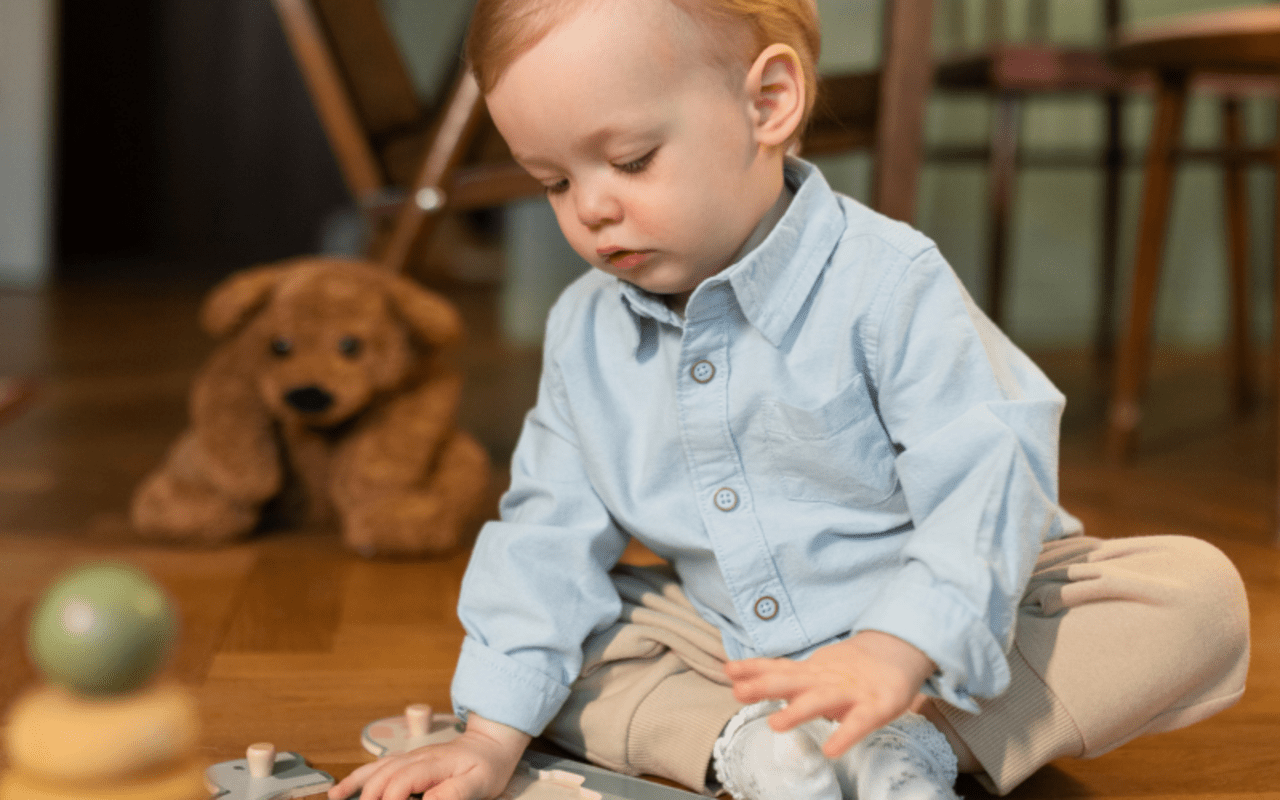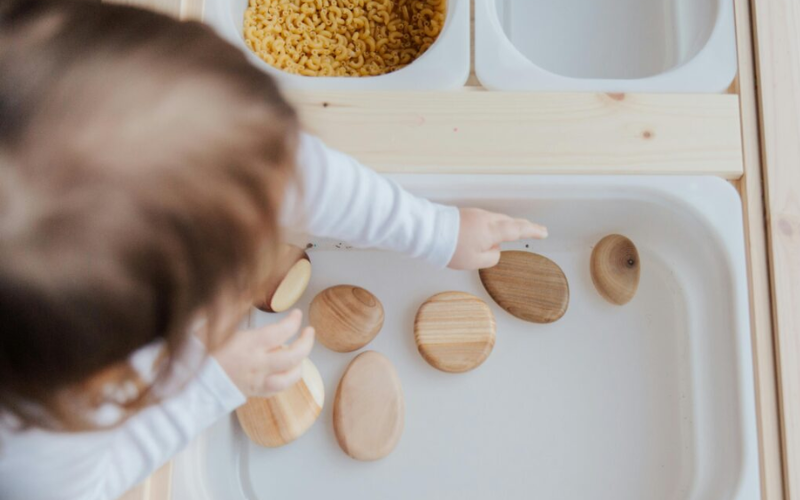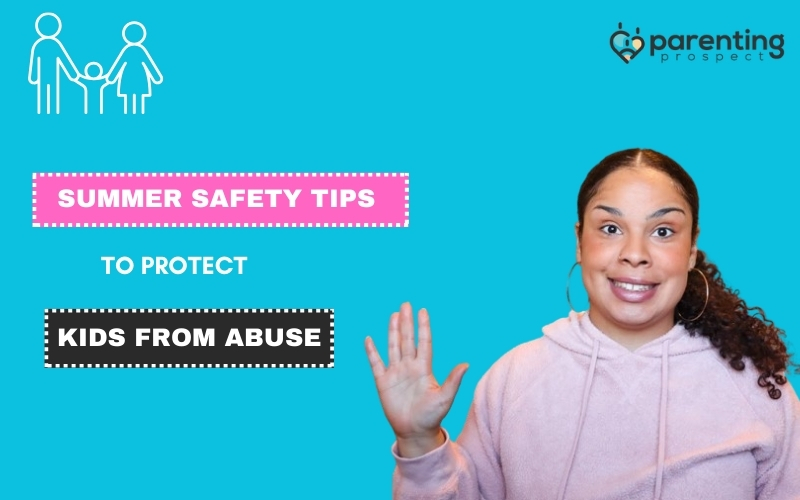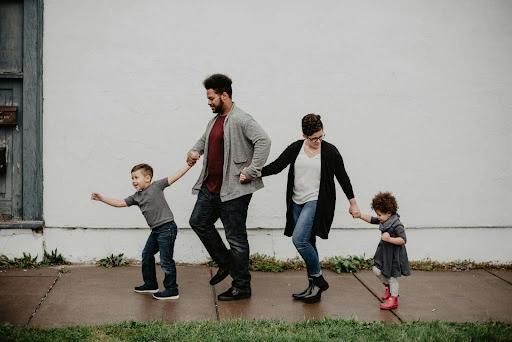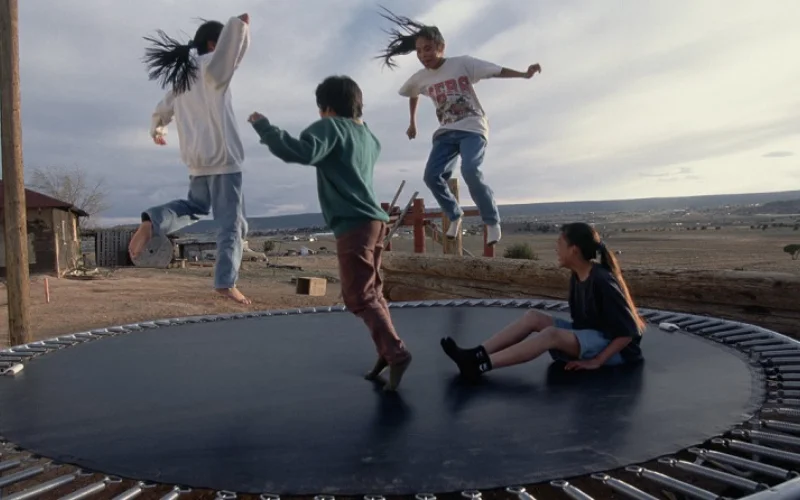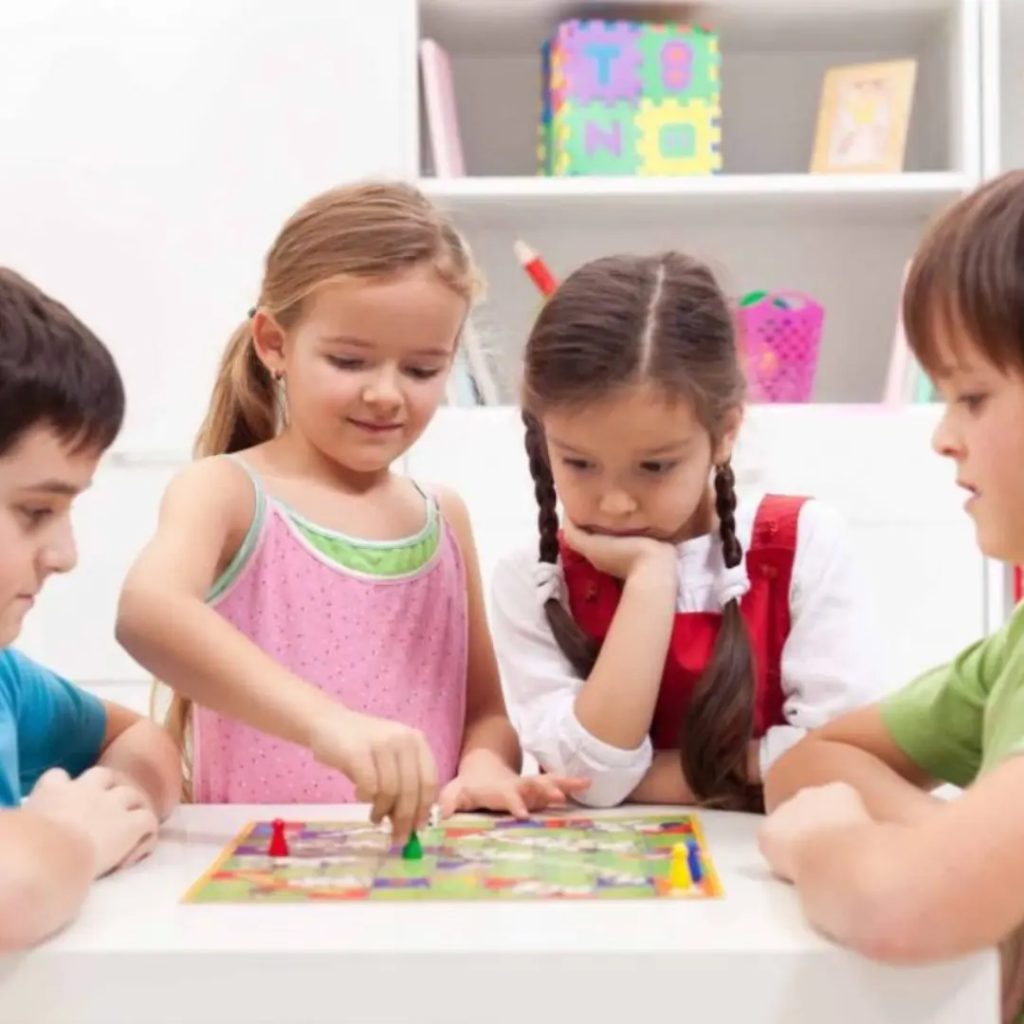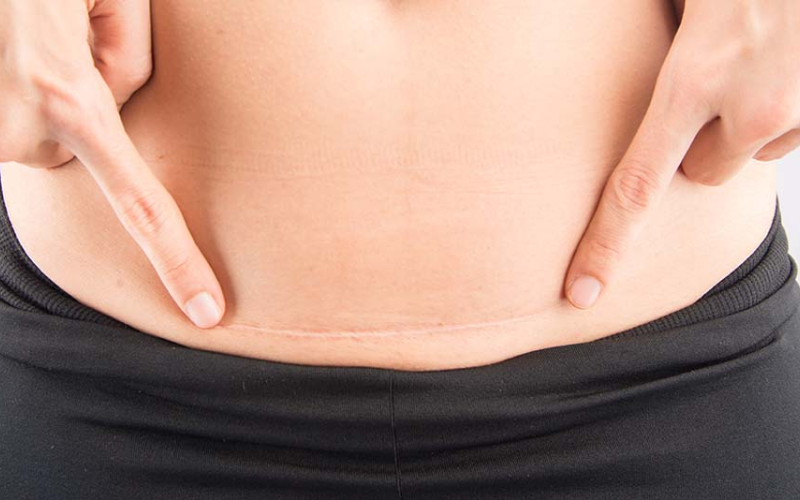Being a mom, drinking from a straw is an important development milestone for babies. It helps to build oral motor skills and coordination. For many of you, it could be frustrating to make your little one use straw. Here we share some of the easiest steps for teaching babies to drink from a straw. With the right techniques and patience you can help your child to master this skill. Let’s get into the blog to know these steps.
How Do You Choose The Right Straw Cup?
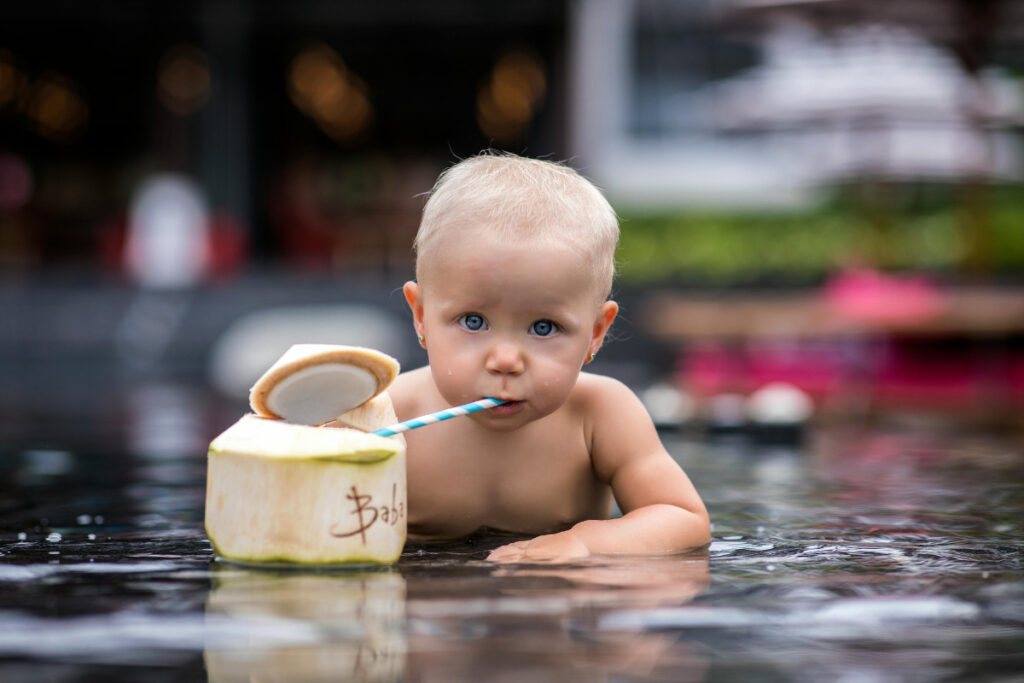
Select the appropriate cup to teach your baby to drink from a straw. Always look for a straw cup specifically designed for babies and toddlers. These cups should have the following features need to look for:
Soft & Silicone Straw
Don’t go for hard plastic or metal straws that can be uncomfortable and dangerous for the baby’s mouth. Choose a cup with soft, silicone straw. Flexible material will be gentle on little ones’ gums as they learn to get stuck on straws.
BPA-Free
You must consider a cup made from BPA-free plastic or other non-toxic materials. Keep an eye that your baby isn’t ingesting harmful chemicals.
Easy to Hold
The cup should have a wide base and handles or grips to make it easy for little ones to hold. This will give your baby more control and stability to learn to drink.
Spill-Proof
Always consider spill-proof or anti-leak design which will help minimize mess during this learning phase.
Demonstration To Use The Straw
Once you have selected the right cup, it’s time to show your baby a technique for use. Start by filling the cup with a small amount of liquid such as water or diluted fruit juice. Hold the cup up to your baby’s mouth and gently touch the tip of the straw to their lips. It will help them to understand that the straw is there for them to stick on. Take a small tip from the straw yourself. It demonstrates the action you want your baby to mimic. When you sip, make eye contact with your baby and give an exaggerated Mmm! to show them how enjoyable it is.
Guide the straw to your baby’s lips and let them stick on it. You need to press the straw against their lips to start sucking gently. Once they get the hang of it, they will begin to draw the liquid up the straw on their own.
As a beginner, It’s essential to start with a small amount of liquid. Babies may get frustrated if they can’t successfully draw enough liquid on the first try. With time and repetition, your baby will get used to using the straw cup.
Age Considerations
When learning to drink from straw, the appropriate age can vary from baby to baby. Here are some general guidelines regarding to this:
9 Months Old
Most babies are ready to learn straw drinking at around 9 months. This is when they start developing the necessary oral motor skills and coordination. Every baby is different,some may pick it up earlier or later. 9 months is a good target age to start introducing the straw cup.
2 Years Old
Mostly toddlers of 2 years old will easily figure out how to drink from a straw. Their oral muscles and coordination continue to improve. Straw drinking is a simple task. If you see your child is struggling with this technique by the age of 2, don’t worry. Some kids need a little more time and practice. Start introducing the straw cup early and make it a regular part of the child’s feeding routine. You can make your kids pro within no time with patience and consistency,.
Be Cautious
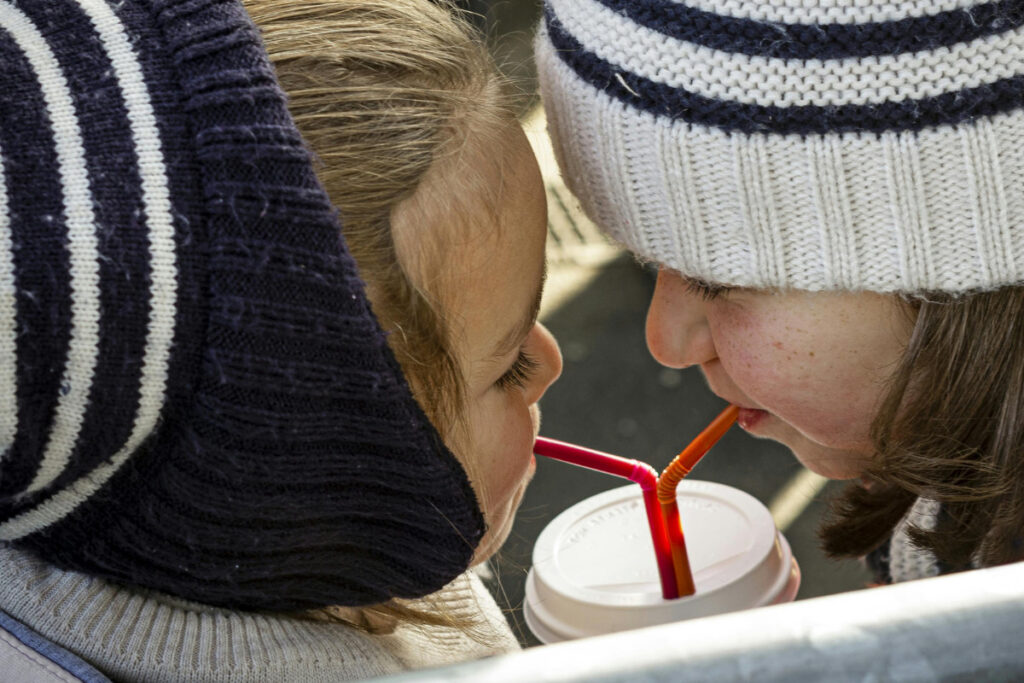
While teaching your baby to drink from a straw cup is an important skill, it’s essential to do it safely. Keep the following things in consideration while learning new techniques.
Coughing and Choking
Babies may try to suck the straw too quickly which can cause them to cough or even choke. It could happen when they draw the liquid up the straw too fast.
Thicker Liquids
When your baby fully masters the straw drinking technique starting with thicker and creamier liquids is best. These liquids flow up the straw more slowly, reducing the risk of choking. Gradually transition to thinner liquids like water or juice. Every parent needs to teach their child development through different learning activities, like drinking from a straw or helping to support a child with anxiety.
Final thoughts
These are the few facts that we have shared to master this technique. Following these simple steps such as choosing the right straw cup and demonstrating the proper technique can help your little one master this new skill. Every baby will pick up at their own pace. Make it a fun and positive experience for your kid to not get frustrated if progress seems slow. Give a try to these techniques as your babies will be on their way to sippy cups.









